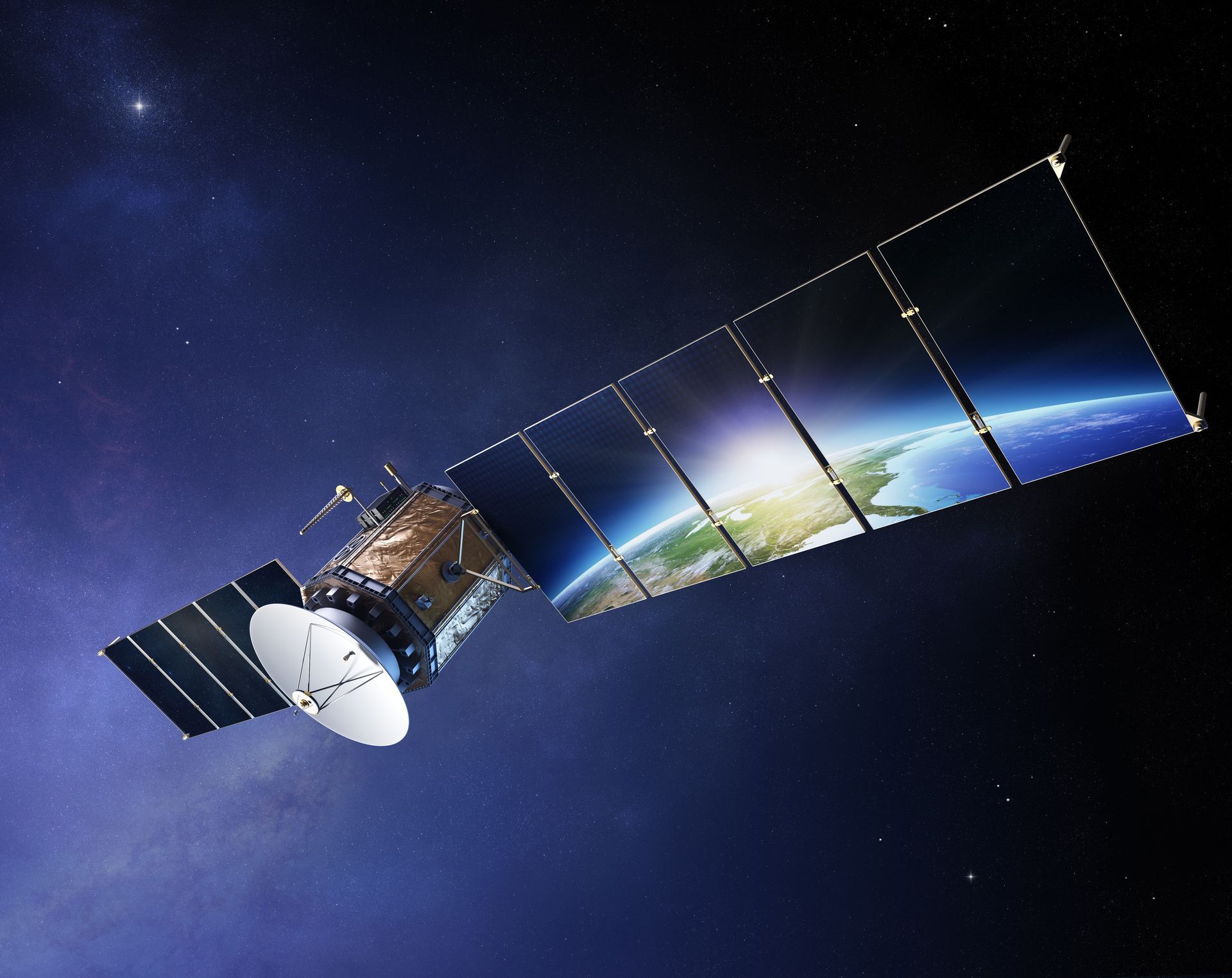Foreign Eyes in the Sky
March 26, 2024

In a groundbreaking development, the United Nations introduced state-of-the-art, satellite-based global methane detection systems in late 2022. These advanced satellites have been orbiting over the United States, with a particular focus on West Texas, to identify super emitters and oil and gas sites with significant methane emissions, signifying a step forward in environmental monitoring.
Just this January, United Nations satellites detected a methane plume expanding at a staggering rate of eight tons per hour 20 miles south of Midland. Furthermore, they identified 17 distinct locations across West Texas and New Mexico's Permian Basin emitting methane at rates surpassing one ton per hour daily. This emission level exceeds the threshold considered a “super emitter” by the U.S. Environmental Protection Agency, reaching tenfold the standard.
U.S. Special Presidential Envoy for Climate, John Kerry, suggests, “Cutting methane is the fastest opportunity to reduce warming and keep 1.5°C within reach, and this new alert and response system is going to be a critical tool for helping all of us deliver on the Global Methane Pledge.” Nonprofits like the Environmental Defense Fund and Carbon Mapper are also getting in on the enhanced surveillance of Texas by running satellites, along with the EPA hiring planes for flyovers.
Oil and gas companies throughout Texas and New Mexico are facing an unprecedented level of scrutiny and monitoring unlike any they have encountered in the past. Performing aerial inspections weekly, sometimes even multiple times per week, while reporting findings to the EPA is a de facto form of international and domestic methane policing by unregulated and unsupervised bodies.
If any issue is identified, the onus is on the well operators to prove when it began. They will assume it's been ongoing for 182 days (about six months) without proper documentation. That could add to more than $20 million in penalties for a single well site under the EPA’s new methane fee. The federal government is scheduled to start collecting next year.
According to the EPA, methane is 28 times more potent than carbon dioxide in trapping atmospheric heat. While scientists have a general sense of how much methane is emitted into the atmosphere each year, pinpointing where exactly that methane comes from and what rate remains vague.
Government agencies rely on oil companies to report their methane emissions, primarily through estimates based on their equipment and oil and gas production volume. Now, companies like Texas-based Encino Environmental Services utilize their capabilities to provide industry-leading compliance service and monitoring through Continuous Emissions Monitoring (Optical Gas Imaging), Mobile Continuous Emissions Monitoring, and even their own Satellite Emissions Detection.
Under mounting pressure from investors to address methane emissions, Texas oil and gas companies are making substantial investments, amounting to billions of dollars, in upgrading their leak detection technology.
Oil prices are on track for a third consecutive monthly gain due to output curbs by the OPEC+ alliance, tighter US sanctions on Russia, worsening geopolitical outlooks, and tightening supply. The alliance has extended voluntary production cuts of 2.2 million barrels per day to stabilize oil markets and will convene in June for its next meeting. These actions have contributed to a more than 10% increase in oil futures since the start of the year, driven by supply limits and stronger-than-expected fuel demand.
With increasing federal mandates on methane emissions anticipated in the coming years and growing oil demand, Texas oil and gas companies can expect heightened scrutiny domestically and abroad.
Initiatives at the United Nations should raise concerns about sovereignty and intrusion into United States domestic affairs, as they involve external monitoring and reporting mechanisms. Economic and regulatory implications will exist for the entities being monitored, as increased scrutiny could result in additional compliance costs or reputational risks.
Kyle Wiley, a former Senior Advisor at the U.S. Department of Energy, is a Partner at Connector, a boutique government relations firm with offices in Washington, D.C. and Dallas, Texas.
